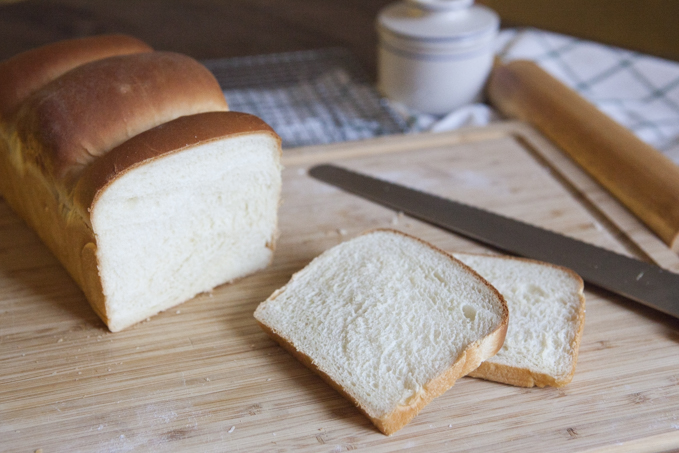Homemade Miso
Unlike my usual quick flavorful recipes, this one goes back to the basics. If you've dabbled in fermentation or love miso as much as I do, it's worth making it from scratch. You do need some patience and space as it takes a whole 6 months (even better if you can wait a year) for the fermentation process but in the end you get an amazingly flavorful miso that's better than any you can buy in the store. And it's really not as hard as you might imagine. Since switching over to homemade miso, the amount I use has more than quadrupled. Even economically it makes sense to make it at home.
Let's start with what you need to make a 2kg batch of miso: 500g organic soy beans, 567g dry rice koji, 300g kosher salt (I always use diamond kosher salt and the brand does make a difference in sodium content), a large container with lid, something to use as weights (1kg), and some vodka. Koji is rice that's been innoculated with a fermentation culture called Aspergillus Oryzae. It's the mold responsible for many Japanese staples such as soy sauce, miso, mirin and sake. This special ingredient has been gaining popularity in American restaurants where chefs will ferment it with salt and water to make shio-koji for a marinade that both tenderizes and adds umami. Japanese supermarkets should carry it (in New York, I've seen it at Sunrise, Dainobu, Katagiri, Mitsuwa, and Essex Street Market). Note: my mom and I doubled the recipe since we were splitting our rewards so all the pictures will reflect a double batch
Rinse the soy beans and soak in water overnight in a large pot. If you're making it in the winter you may want to add an additional 2-4 hours due to the lack of humidity. If you've never soaked beans before you'll be surprised by how much water gets absorbed. You'll need to use at least double the volume of beans in water. Then simmer the beans for 5-6 hours until you can smush the beans easily with your fingers. If you have a pressure cooker, you're in luck. It should only take about 20-30 minutes.
While the beans are cooking, mix the koji with 140ml of lukewarm water and let it sit for 30 minutes. Then, mix in 250g of salt.
Once the beans are fully cooked, reserve about a cup of the liquid and drain well. While the beans are still hot, mash until fully smooth. Traditionally done with a mortar and pestle, you can use a food processor or blender. You may need to work in batches given the volume.
Mix the koji and soy bean paste really well. Using the water reserved from the beans, adjust the consistency of the mixture until it feels like your ear lobe. Be careful when adding the water since you don't want it to be too loose.
Soak a paper towel with vodka and wipe the inside and rim of the container you'll be using to store the miso. Because you'll be fermenting for 6 months, you want to be careful about eliminating as much extraneous bacteria as possible. Now comes the fun part. Ball up the miso paste (about the size of a tennis ball) and throw it into the container to remove air from the mixture. Continue in even layers until all of the miso is in the storage container. Once all the miso is in, press down to make sure there's little air pockets. Distribute the remaining 50g of salt to cover the surface.
Weigh down the miso evenly across the surface. You can use ziplock bags filled with rice or beans but you want about half the weight of the miso. Make sure to enclose the weights because there will be liquid rising to the top as the paste ferments.
Store the container in a dark place at room temperature for 2 months. Then, check to see if there's any liquid at the top. If there's none, it means you need to increase the weight. If you see liquid, remove and reserve to use as seasoning for other dishes. You can use it instead of salt to add extra umami. Ferment at least another 4 months before enjoying in soups and other dishes!









Comments
Post a Comment